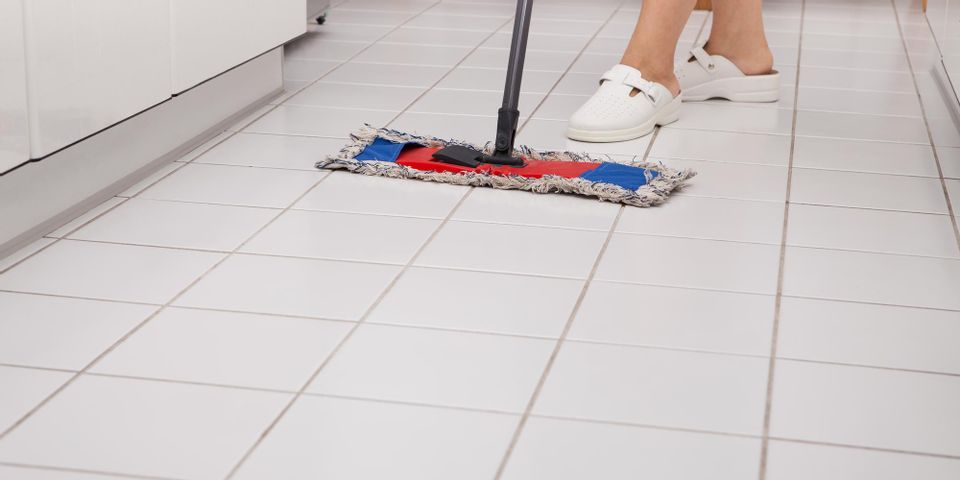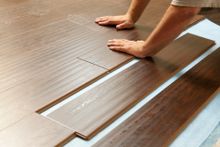
When working on property improvements, many homeowners and business professionals install luxury vinyl plank and luxury vinyl tile surfaces. Commonly known as LVP and LVT flooring, the materials are manufactured with designs and textures that mimic the look and feel of wooden slats, stone, and ceramic tiles. The flooring is much easier to place than other materials, which helps reduce installation costs. Below is a guide to different LVP and LVT flooring systems and when to use them.
A Guide to 5 LVP & LVT Flooring Solutions
1. Rigid Core
A type of joint system, rigid core flooring planks click together like securing puzzle pieces. Each plank features a rigid composite at its core and acoustic cork underlayment. This makes it possible to connect the surfaces flawlessly to uneven flooring, so consider this option in high-traffic commercial or residential spaces with dips or inclines in the subfloors.
2. Interlocking
Similar to building blocks, interlocking planks and tiles have tongue-and-groove joints that connect for installation. Because there’s no wait time for glue to set, consider this option if you need to use flooring immediately after installation. If repairs are needed, an entire connecting row needs to be disassembled to address the damage.
3. Loose Lay
 The backing of loose lay LVP and LVT flooring relies on friction to keep contact with subflooring underneath. Consider this option in homes with pets and children. Because the flooring doesn’t use glue or tongues and grooves, it’s easy to remove individual planks and tiles. This means areas with any damage can be removed, cleaned or fixed, then secured back in place.
The backing of loose lay LVP and LVT flooring relies on friction to keep contact with subflooring underneath. Consider this option in homes with pets and children. Because the flooring doesn’t use glue or tongues and grooves, it’s easy to remove individual planks and tiles. This means areas with any damage can be removed, cleaned or fixed, then secured back in place.
4. Self-Adhesive
Similar to removing backings on stamps, peeling off film exposes an adhesive layer of this vinyl plank or tile. Installers just press down to secure them to subflooring, with up to 48 hours needed for the glue to cure. Contractors apply heat to surfaces to loosen the glue and remove flooring easily, so this option works best in commercial spaces where the interior design and aesthetic change frequently.
5. Glue-Down
With glue-down LVP and LVT flooring, hard-set adhesive is spread across the subfloor first. The binding properties of the glue help flooring absorb the shock of heavy loads, which prevents indentations from forming. Similar to self-adhesive solutions, a few days are needed for the glue to dry completely. Consider this option in high-traffic areas or rooms with heavy furniture.
If you want to try one of the above LVP or LVT flooring systems, trust the technicians at Carpets To Go, based in Prairie du Chien, WI, and serving residents throughout Crawford County, to install it. The company also carries a diverse array of vinyl and ceramic tile, carpeting, laminate, and hardwood flooring, which means you are bound to find a solution to suit your needs. The team will also fill you in on floor trends to boost property value and comfort. To schedule a consultation, call (608) 326-1700. Visit the flooring contractors online to discover why they are qualified to handle your flooring needs, and visit Facebook for news updates.
About the Business
Have a question? Ask the experts!
Send your question

